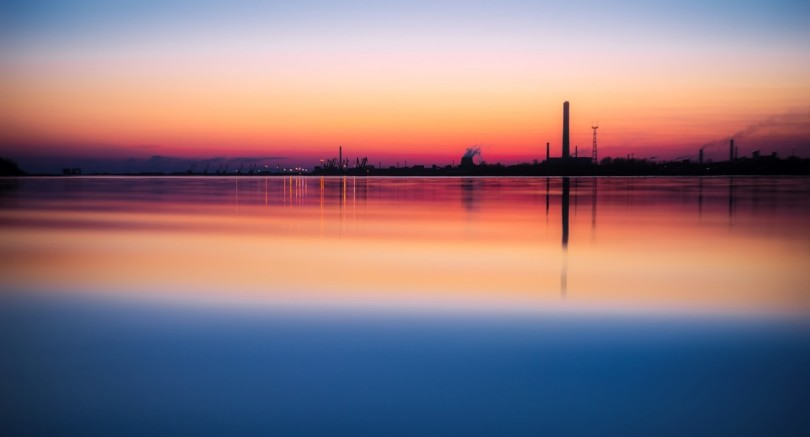Is Autonomous Driving coming to the UAE?
26 Apr 24
Lab ChatThe Global News Source for the World of Science and Chemicals
10 November 2019
Lab Chat
Fishermen who operate off the coast of Ras Al Khaimah in the northern UAE have reported a disturbing phenomenon this autumn – huge expanses of red-tinged water around ten miles away from the mainland. The red tide is thought to be caused by a kind of bacteria, which encourages growth of phytoplankton and reduce oxygen levels in the water.
While this kind of natural occurrence can be dangerous for fish and other marine animals by removing the oxygen they require to survive, the Environmental Protection Authority was quick to assuage such fears this time around. “The red tide phenomenon appears twice a year, and had no negative impact on the marine environment,” they said in a statement to the media.
The so-called red tide was first observed in Emirati waters in 2008, fuelling fears that the world is facing a global water pollution crisis. After originating near Ras Al Khaimah in September of that year, it spread to other sites along the coast, including Ajman, Dubai, Sharjah and Umm Al Quwain, before surfacing again the following February.
Since then it has appeared with alarming regularity and the Ministry of Climate Change and Environment (MOCCAE) warns against fishing or collecting dead fish from the affected areas, as well as swimming and ingesting the water itself. Despite this, it is adamant that there are no toxic elements to the water, but rather the warnings are merely a precaution.
The strange occurrence is caused by blooms of algal properties such as phytoplankton, which block out sunlight from the water and eat up oxygen reserves. The blooms themselves are a result of climate change and the subsequent rise in marine temperatures, which encourages the growth of the damaging organisms.
While some strains of algae are indeed toxic and deadly to the marine animals which might ingest them, those found off the UAE coast are not. However, they can still be deadly to animals in the vicinity by hoarding supplies of oxygen and effectively suffocating organisms which depend upon it to breathe.
Each time the incident occurs, MOCCAE sends out boatloads of specialists to collect water samples from affected areas all through the Arabian Sea and analyse them for toxicity. They also use satellite imaging technology to assess whether biological activity can be detected in the affected areas.
Using these images and remote sensors, the MOCCAE scientists are able to create digitalised models of the red tide’s location and effectively plan strategies for mitigating its most damaging effects. They have stressed that no toxic elements have yet been found in their samples, but that the possibility that they may exist should still be deterrent enough from fishing or swimming in the zones affected.
DOWNLOAD PDF

2 Day Seminar Program
@ ArabLab+ 2024
24 & 25 September 2024
22 Apr 24
Lab ChatYour stay in Dubai
Labkit
Product News
Chemkit
Product News
Thinking about exhibiting at ARABLAB 2024? Watch our video to find out more.
Join the world’s leading organisations…
Join our mailing list and receive the ARABLAB newsletter and event updates.